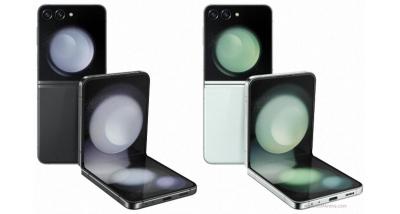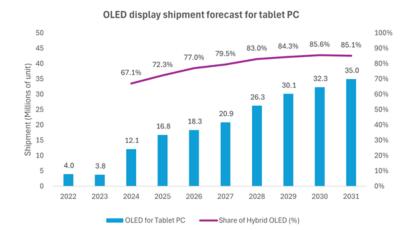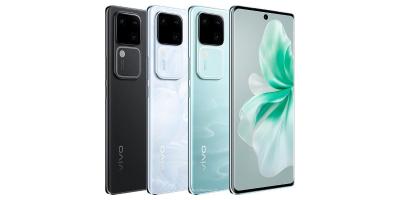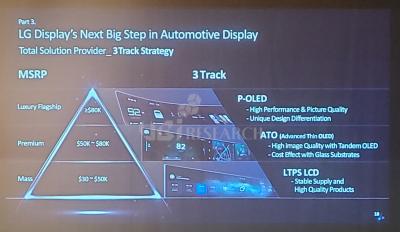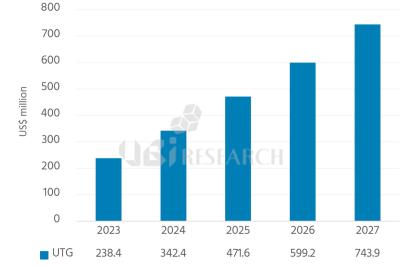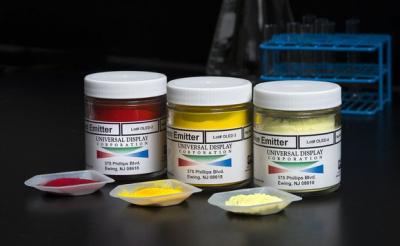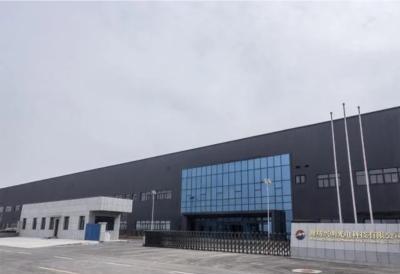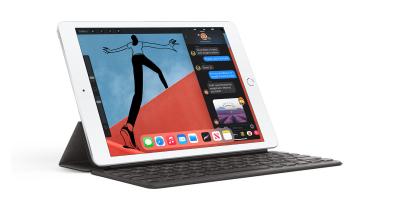UTG glass developer Dowoo Insys plans to IPO in 2025
A report from Korea suggests that Dowoo Insys is planning to IPO in 2025. The company will list on the Korean Exchange, and it plans to file the preliminary information and documents by the end of the summer.
Dowoo Insys was established in 2010, to develop glass products for the display industry. The company's main product is thin flexible glass covers for foldable displays - UTG glass - which it supplies to Samsung Display (its main customer). Dowoo does not produce its own glass - it buys flexible glass from Schott and then treats it in its own facilities.
